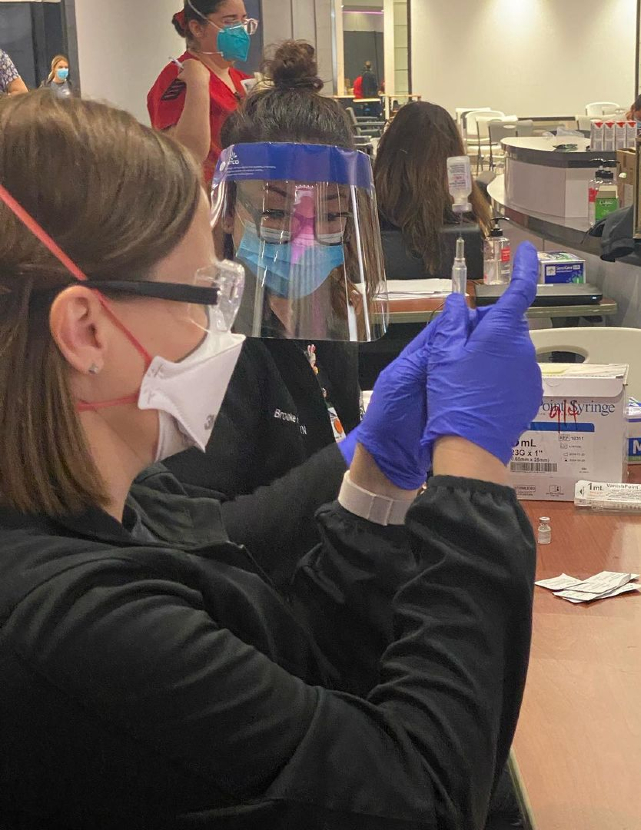How Healthcare is Using HPI to Tailor and Direct COVID-19 Care and Resources
-
Focus Areas
Communicable Disease Prevention -
Issues
Population Health -
Expertise
Technical Assistance -
Strategic Initiatives
COVID-19, Vaccine Access & Equity

During the COVID-19 pandemic, healthcare leaders needed validated data they could use to help direct resources and support to those who were hardest hit by the virus. Numerous studies showed that low-income and communities of color were bearing the brunt of the pandemic, but healthcare needed reliable data to determine exactly where resources were needed the most.
Major healthcare providers used the Healthy Places Index (HPI), created by PHI’s Public Health Alliance of Southern California, to help direct care, resources and support to the most vulnerable populations.
Sutter Health: Creating a Tailored COVID Vaccine Equity Index
Sutter Health, a healthcare system caring for three million patients, employed data from the HPI as part of its increased commitment to achieving health equity and for equitable vaccine provision. Using HPI and other sources, Sutter created its COVID Vaccine Equity Index (CVEI) – taking race/ethnicity, age and socioeconomic status into account. The CVEI helped Sutter determine the vaccination rate necessary to overcome COVID’s differential impact on identified groups, setting different goals for patient subgroups that accounted for the disproportionate burden of illness experienced by these groups. The data showed, for example, that COVID disproportionately impacted Black and Hispanic patients, and thus Sutter prioritized vaccinations to offset these impacts and achieve equitable outcomes.
John Muir Health: Locating Mobile Vaccine Clinics
John Muir Health, a Federally Qualified Health Center (FQHC) with more than 1,000 primary care and specialist physicians, used HPI’s hyper-local granular data to prioritize the locations and rollout of their Mobile Health Clinic for vaccine distribution. They have specifically directed their outreach to communities in the lowest HPI quartile – which are primarily communities of color – with the least healthy community conditions. In Richmond’s Laotian community, residents faced language and other barriers to vaccine access. John Muir Health coordinated with local Laotian leaders to address these needs, and were able to bring vaccinations to the community and many other high-risk and hard-to-reach populations with HPI maps that helped them focus on specific areas within their network.

In January, the vaccine supply was rather limited, so there were trends across the Bay Area and across the country of people with better access getting vaccinated at a much higher rate. So what we wanted to do is outreach to communities that are traditionally marginalized and help them access the vaccine. We picked areas that have a low [score on the Healthy Places Index]. It will tell you how where you live ranks in terms of health care, access, transportation, racial diversity, economic security, things like that. So we picked locations based on the lowest quartile of our regions.Dr. Kishore Nath, John Muir Health, Mobile Health Clinic lead
Kaiser Permanente: Understanding Patient Risk
Kaiser Permanente’s Community Health team and its partners included HPI percentiles in their panel management system across the entire southern California region, so now physicians see estimated HPI percentiles alongside clinical data when they review patient records. Kaiser’s COVID-19 Vaccine Confidence Toolkit, a guide for healthcare providers, government agencies, local groups and others includes the HPI as a data source institutions can include when developing their own health equity indices.
Targeting Resources
The Loma Linda University School of Pharmacy prioritized $20,000 in funding to improve vaccine access and vaccination rates in communities identified in the lowest HPI quartiles.
Work With Us
You change the world. We do the rest. Explore fiscal sponsorship at PHI.
Support Us
Together, we can accelerate our response to public health’s most critical issues.
Find Employment
Begin your career at the Public Health Institute.
